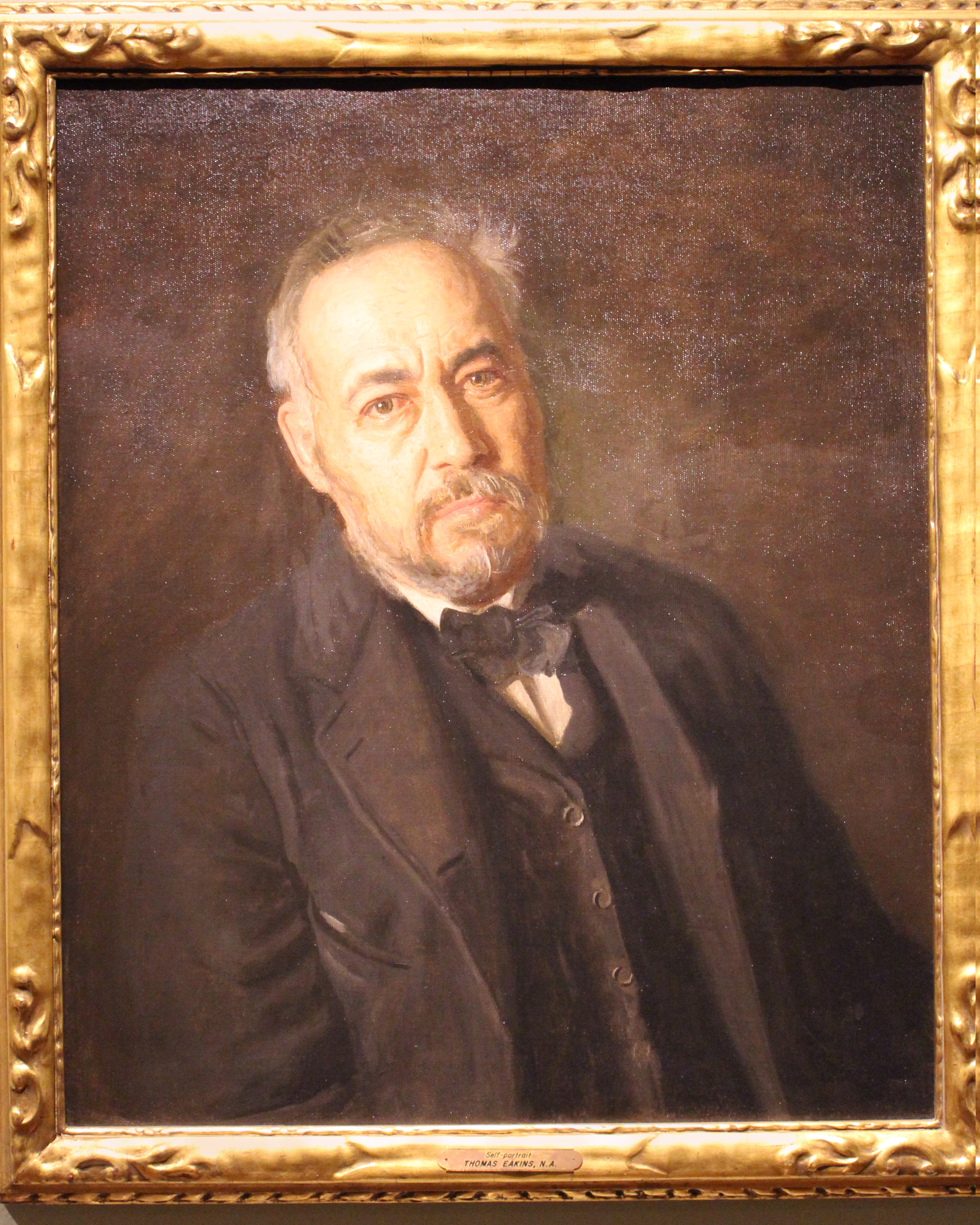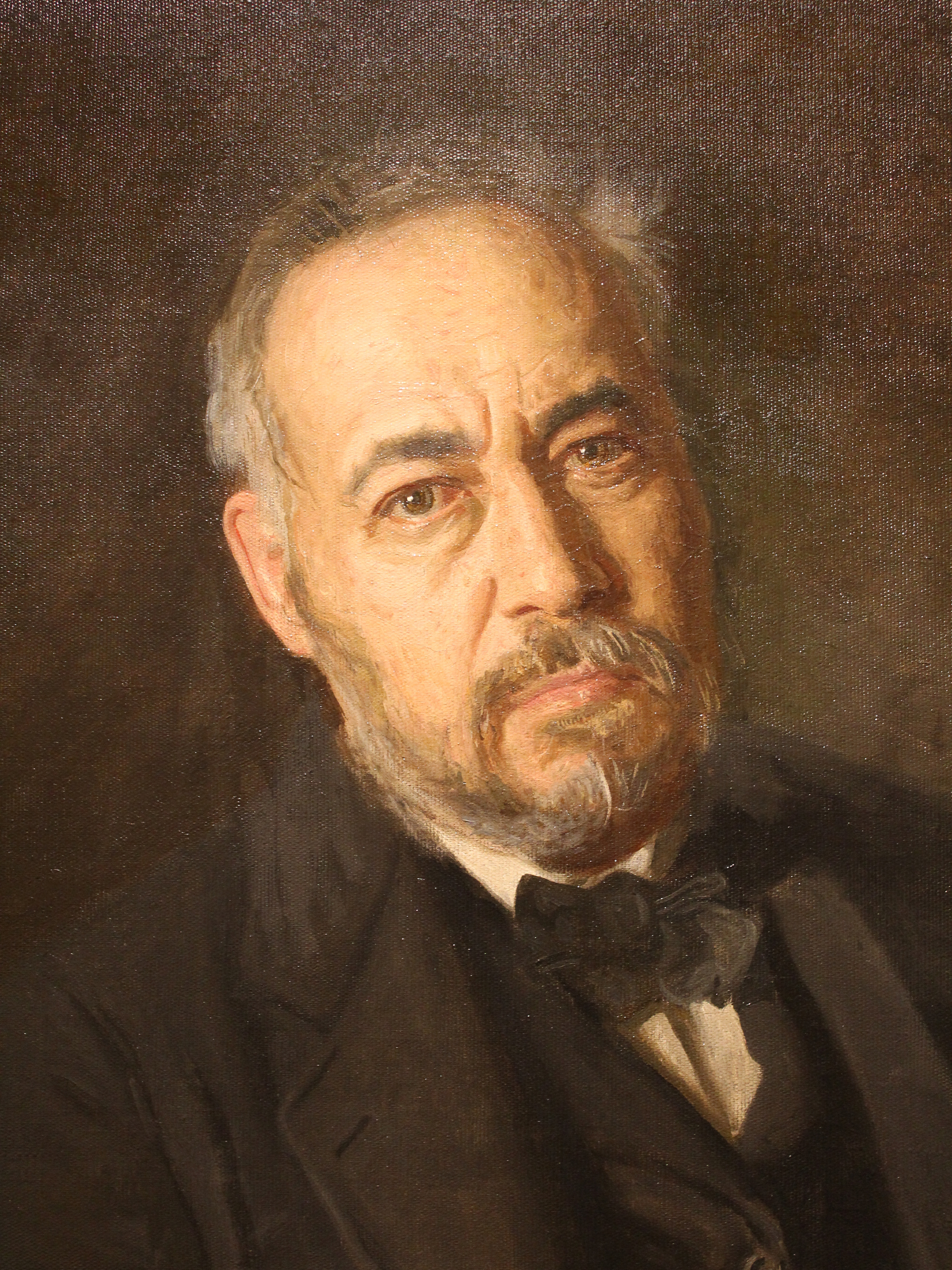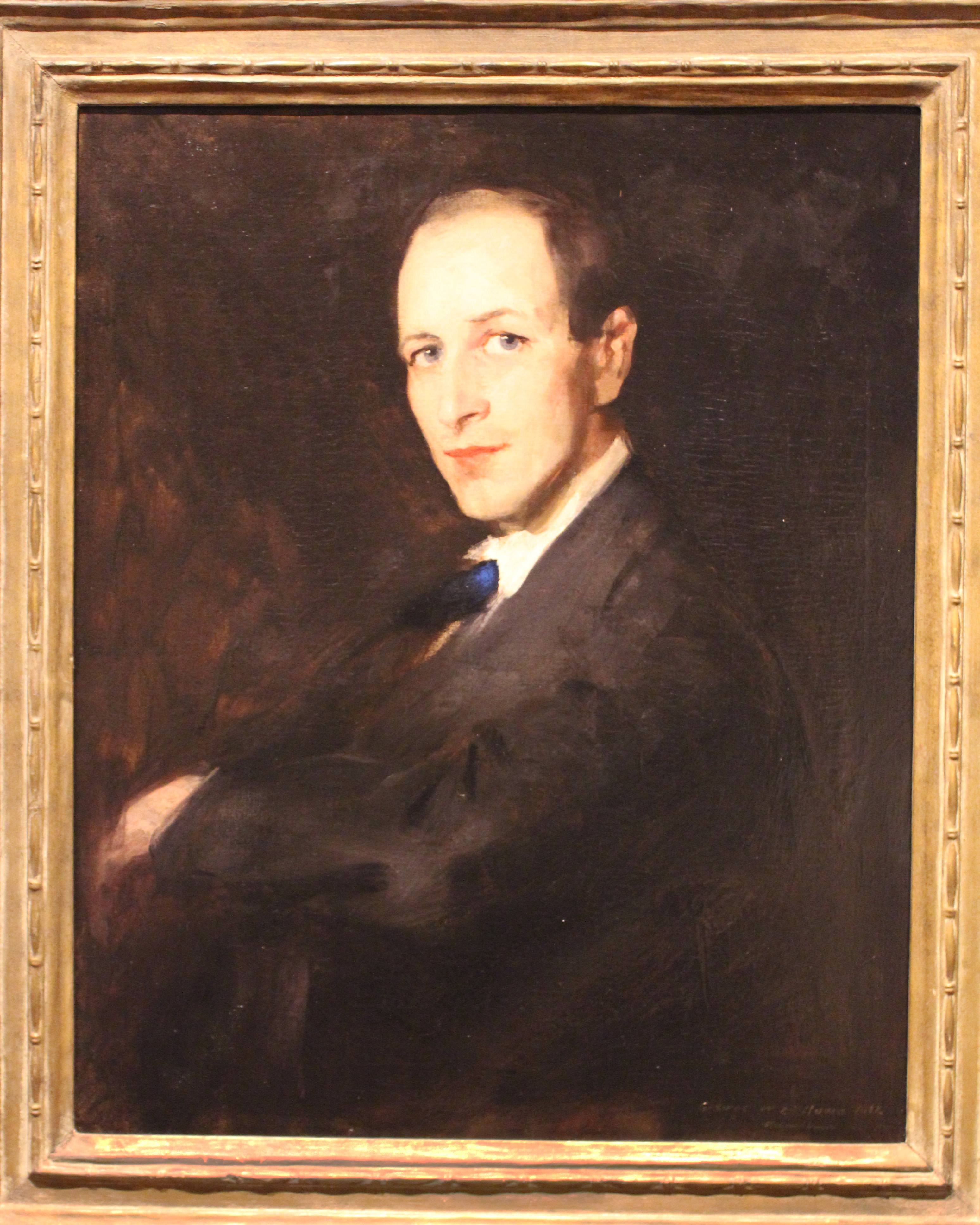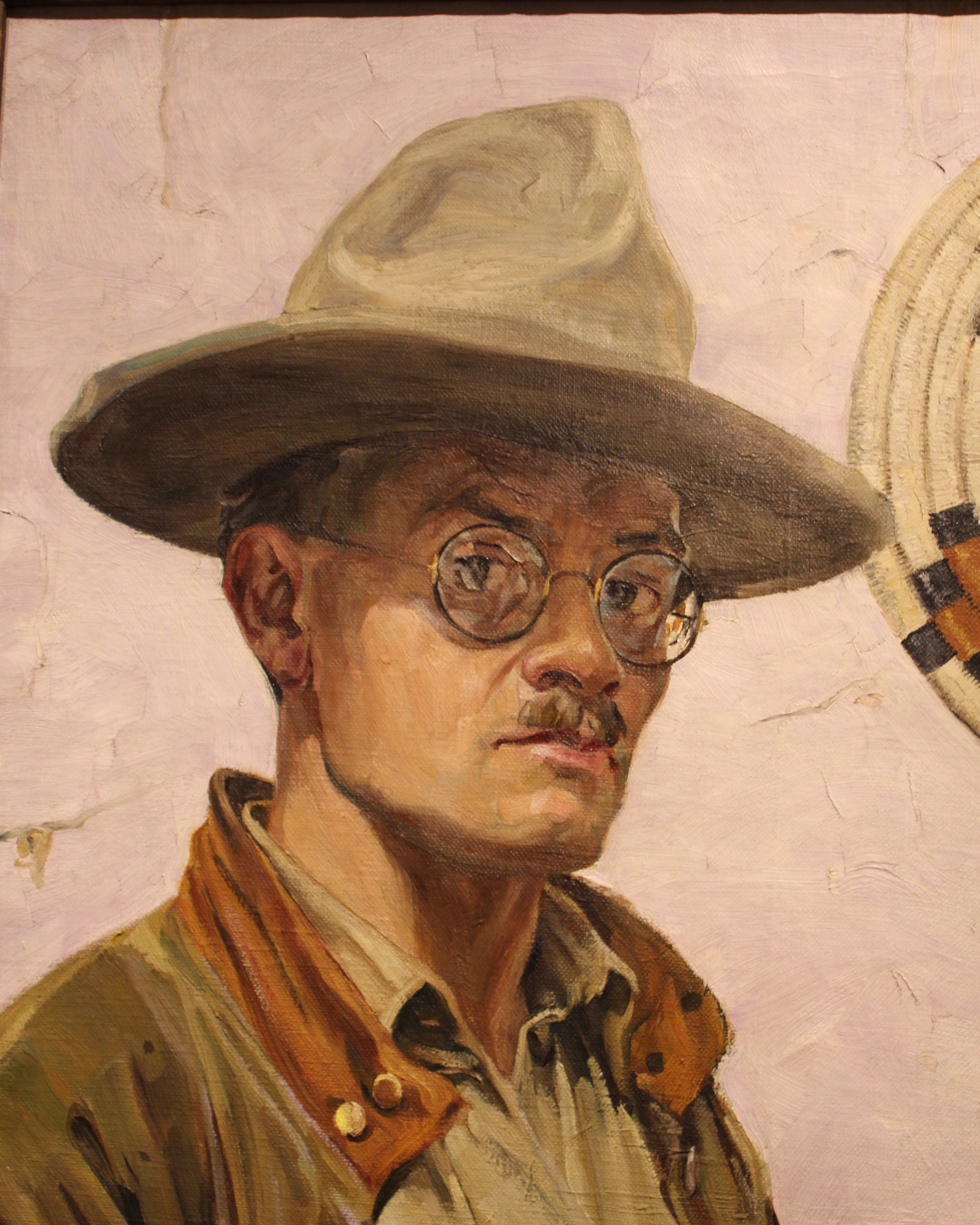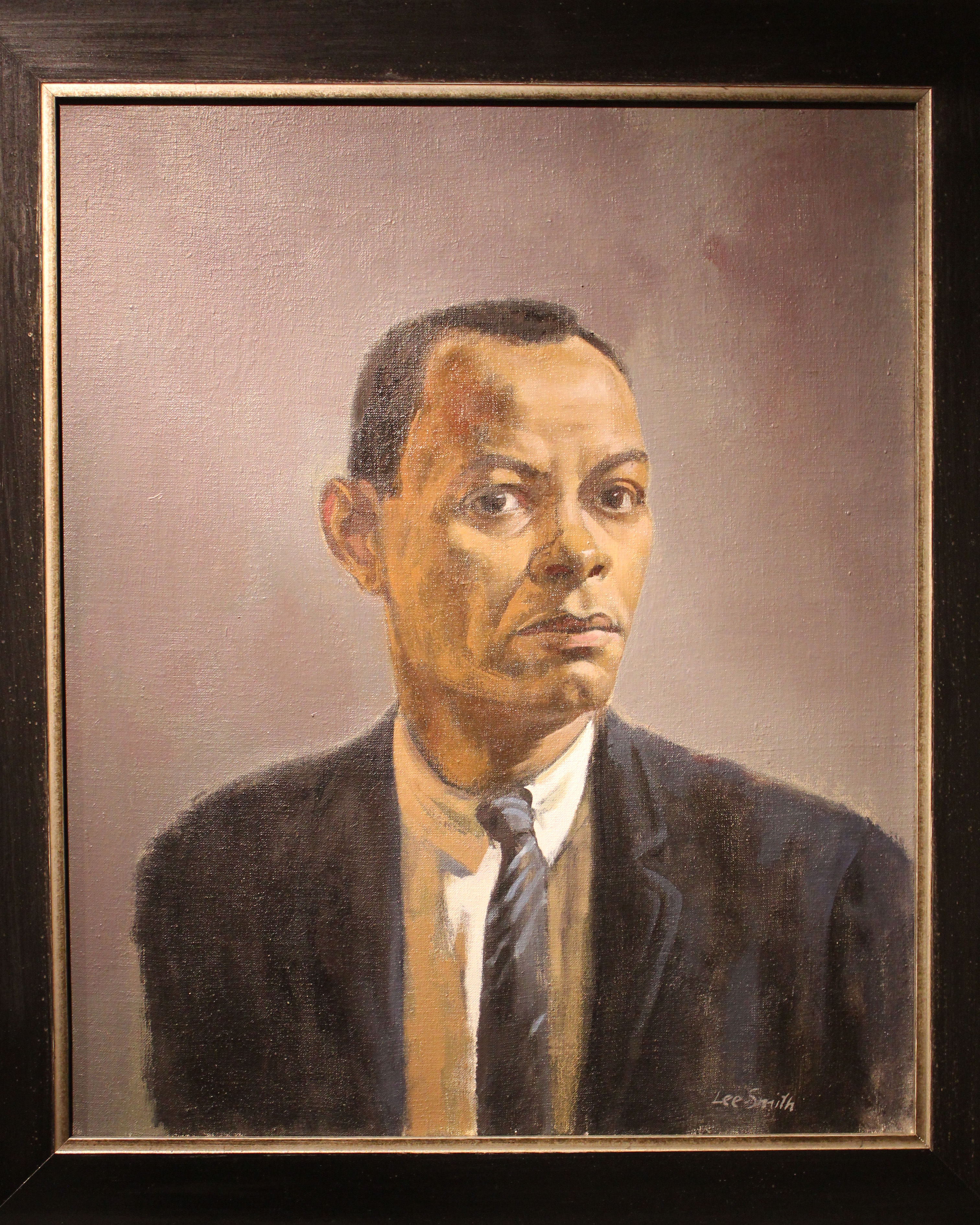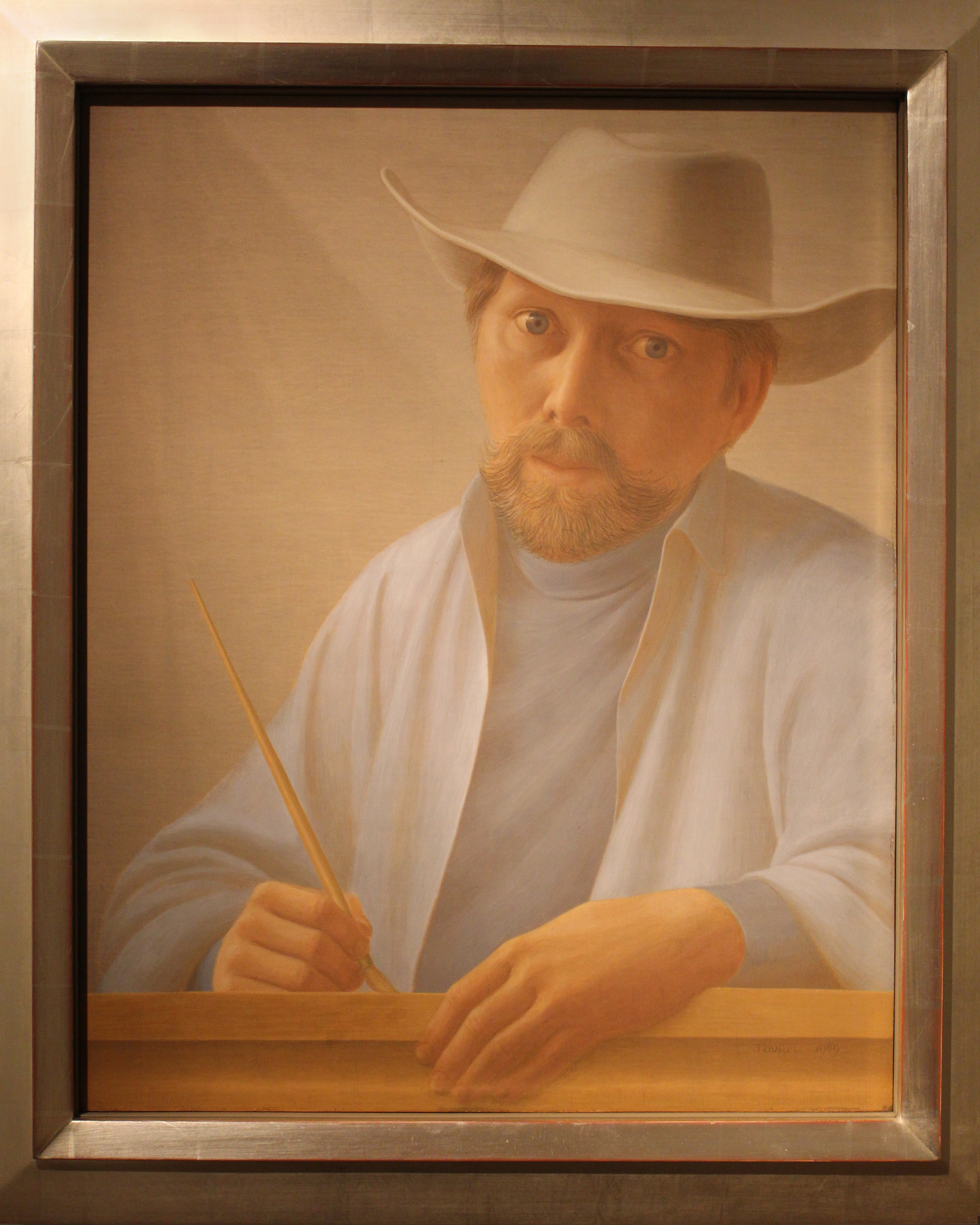
Monday, May 13, 2019
More Portraits Seen at Dayton Art Institute
1:07pm
Starting today with the early 20th century:
The following was done two years later after Eakins' portrait:
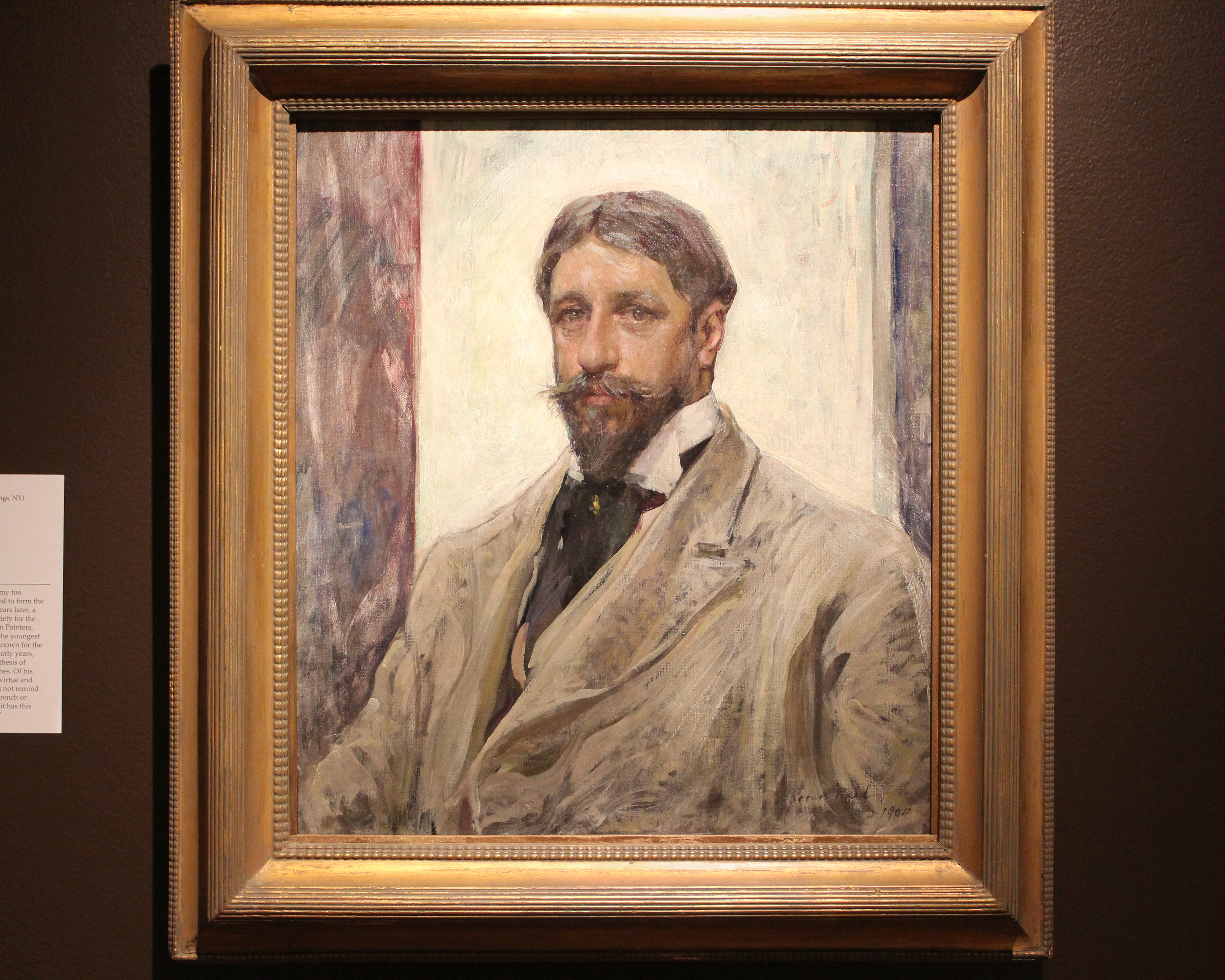
Self-Portrait, 1904
Robert Reid, (Stockbridge, MA 1862 - 1929 Clifton Springs, NY)
Oil on canvas
National Academy, ANA diploma presentation, December 5, 1904
"In 1877, deeming the National Academy too conservative, a group of artists seceded to form the Society of American Artists; twenty years later, a group of artists seceded from that society for the same reason to form the Ten American Painters, better known as 'the Ten.' Reid was the youngest member of the group, and he is best known for the works he exhibited during the Ten's early years, such as Daffodils, which present a synthesis of Academic and Impressionist approaches. Of his style, Reid said,'If my work has any virtue and value, it is because it is mine and does not remind you of any other man's work, either French or American or other. It is of my time. If it has this quality, and suggests beauty, it is art.'" (From info card)
Robert Reid lived in nearly the exact time span as did Robert Henri:
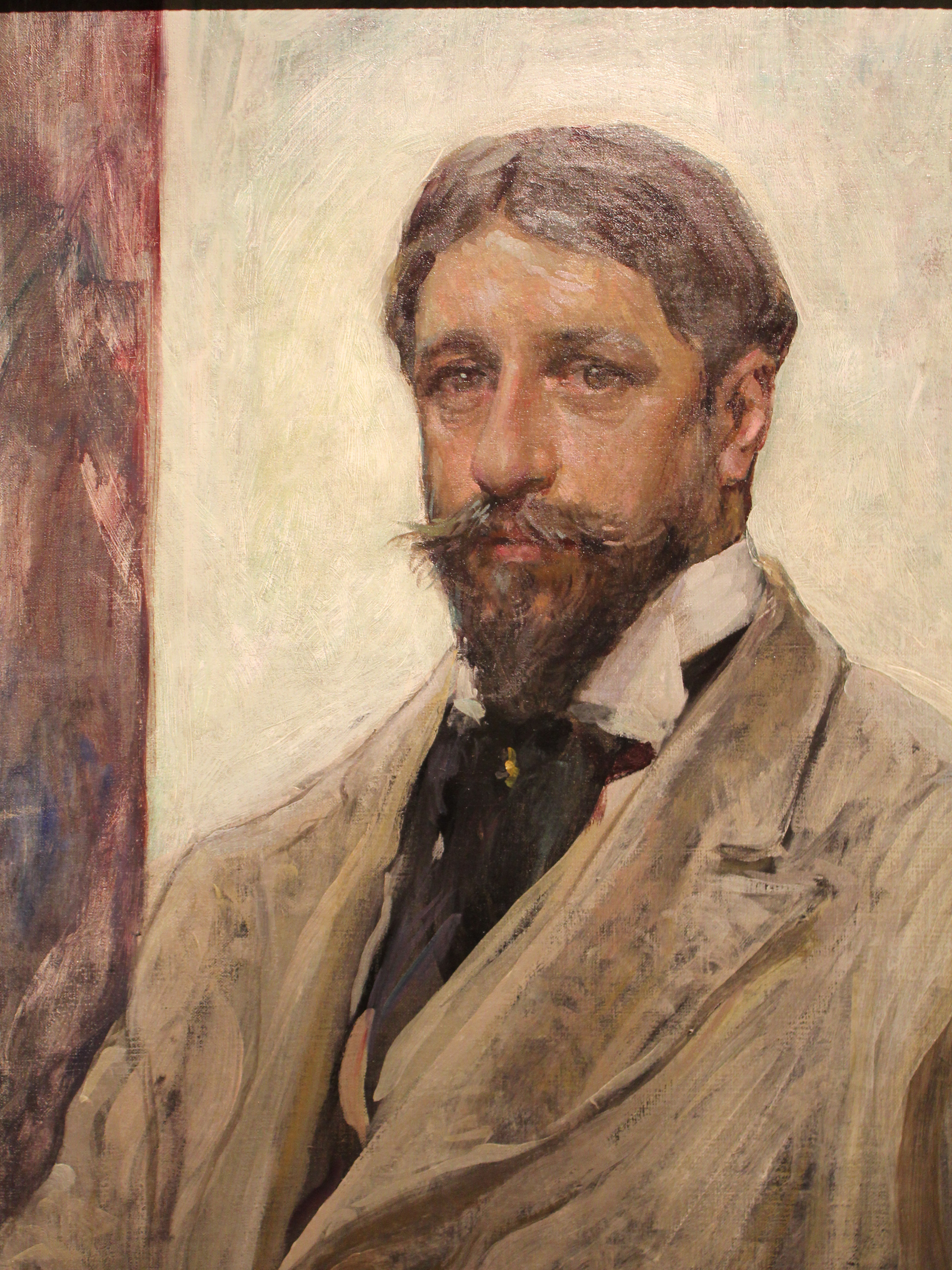
Bellows was a student of Robert Henri. "Henri's words in his book The Art Spirit, first published in 1923, provide an interesting context for [this work]: "' Take things of certain constructive values and build with them a special thing, your unique vision of nature, the thing you caught in a instant look of a face or the formation of a moment in the sky, [making] it possible to state not only that face, that landscape, but make your statement of them as they were when they were most beautiful to you.'"(From info card)
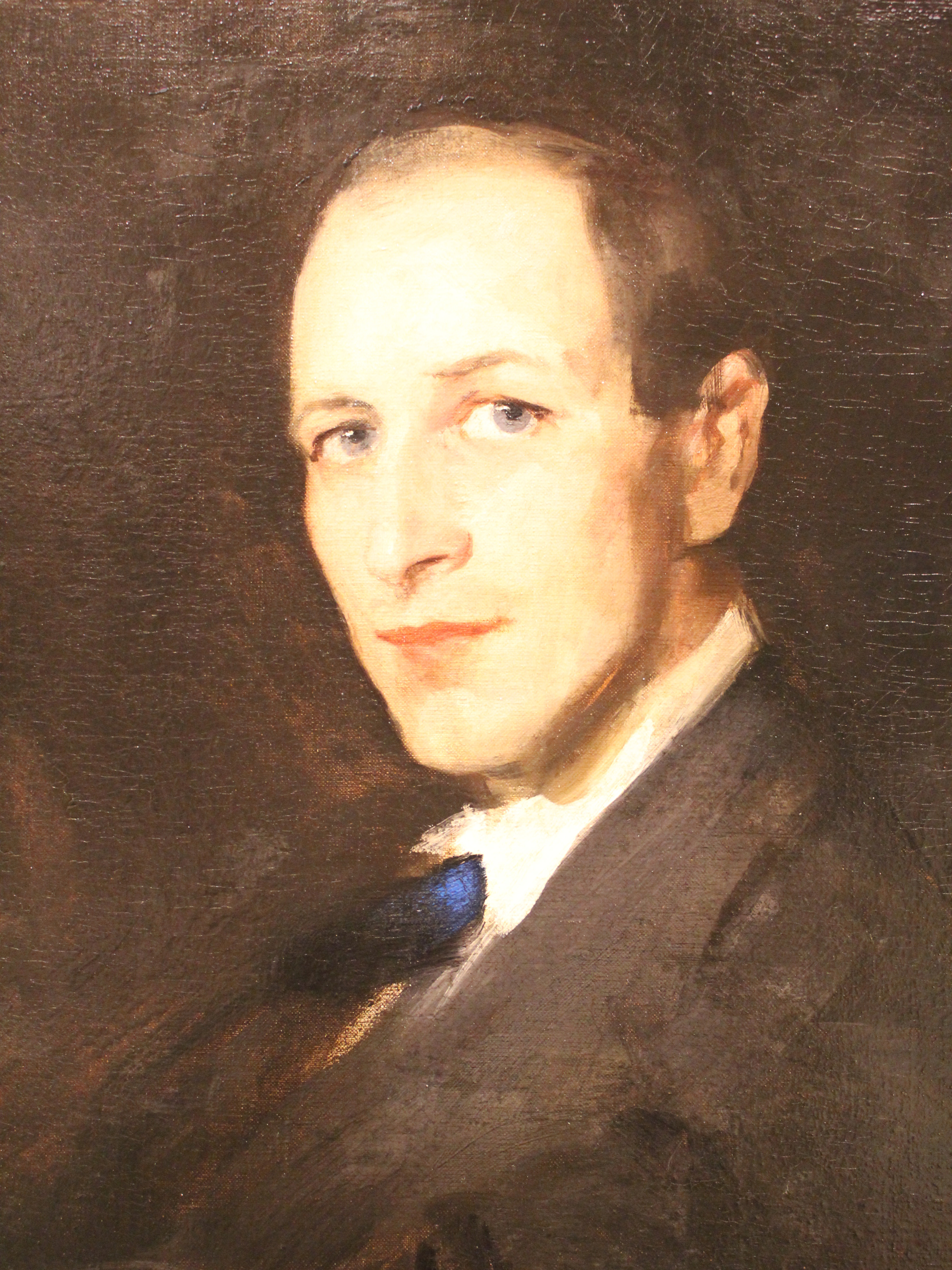
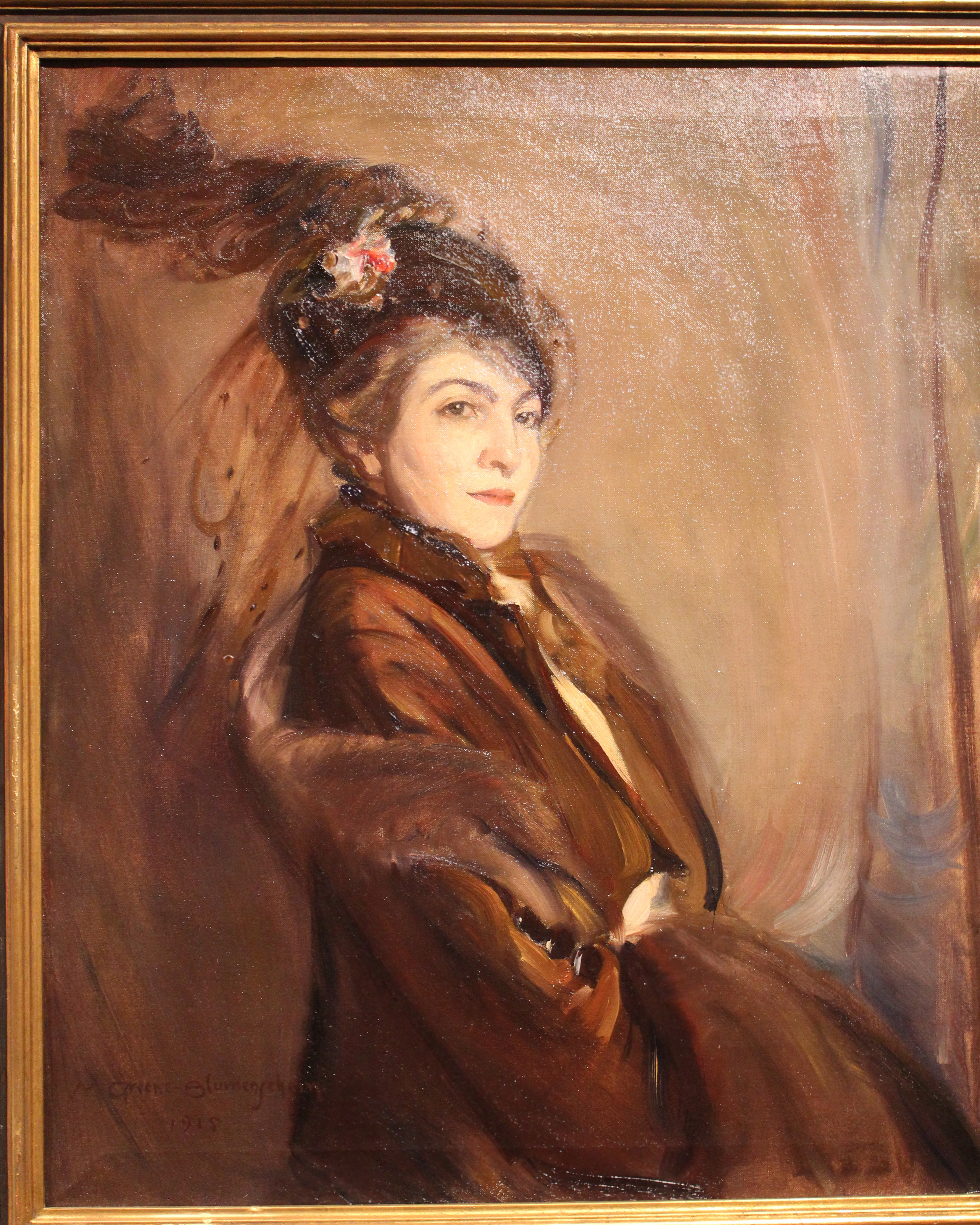 Self-Portrait, 1915 Mary Shepard Greene Blumenschein, (New York City 1869 - 1958 Santa Fe, NM) Oil on canvas National Academy, ANA diploma presentation, March 1, 1915

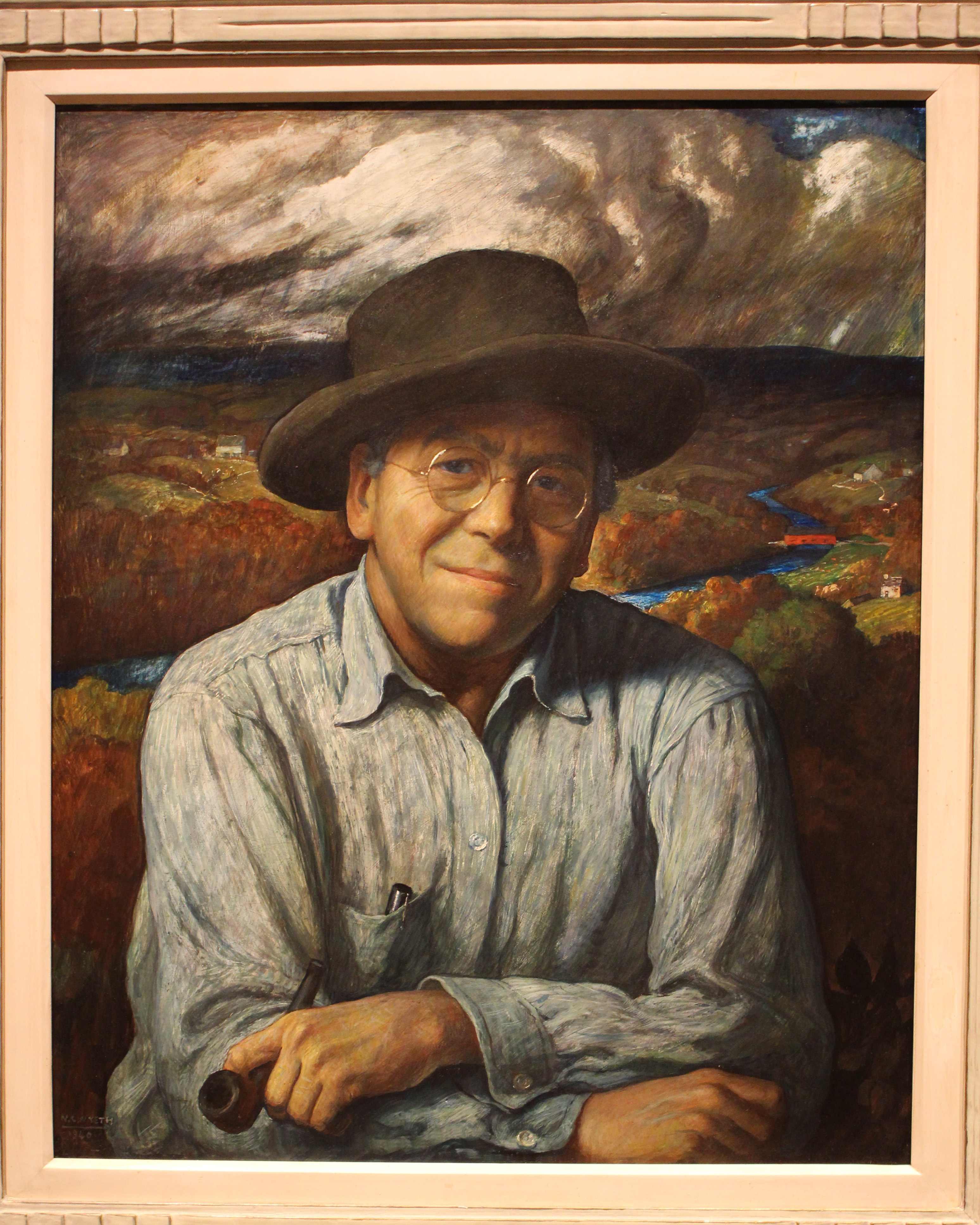 Self-Portrait, 1940 N.C. Wyeth, (Needham, MA 1882 - 1945 Chadds Ford, PA) Egg tempera on gessoed panel National Academy, ANA diploma presentation, February 18, 1941 Newell Convers Wyeth was an American artist and illustrator. He was the pupil of artist Howard Pyle and became one of America's greatest illustrators. "Wyeth created a stimulating household for his talented children Andrew Wyeth, Henriette Wyeth Hurd, Carolyn Wyeth, Ann Wyeth McCoy, and Nathaniel C. Wyeth. Wyeth was very sociable, and frequent visitors included F. Scott Fitzgerald, Joseph Hergesheimer, Hugh Walpole, Lillian Gish, and John Gilbert. "According to Andrew, who spent the most time with his father due to his sickly childhood, Wyeth was a strict but patient father who did not talk down to his children.[13] His hard work as an illustrator gave his family the financial freedom to follow their own artistic and scientific pursuits. Andrew went on to become one of the foremost American artists of the second half of the 20th century, and both Henriette and Carolyn became artists also; Ann became an artist and composer." (Source: Wikipedia)

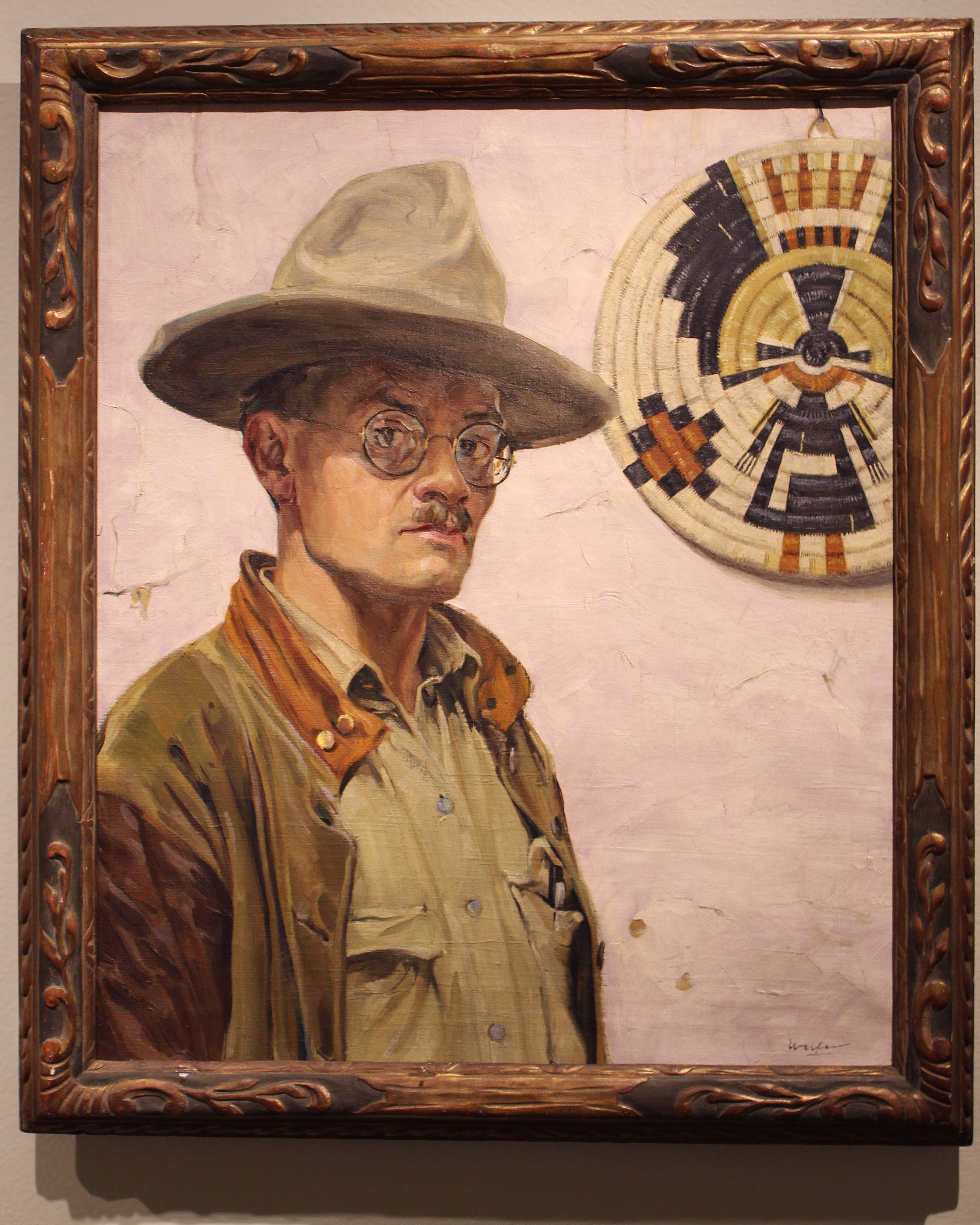 Self-Portrait, not dated Walter Ufer, (Louisville, KY 1876 - 1936 Albuquerque, NM) Oil on canvas National Academy, ANA diploma presentation, December 6, 1920 The following artist also ended up in Albuquerque:
"'It's rather odd the way I view it,' Lee-Smith said on becoming a National Academician, 'because this is one of my--well you might say, childhood dreams....It represented to me or for me a sort of life-long dream come true.' Since Henry Ossawa Tanner had asked Richard E. Miller to paint his diploma portrait (also on view in this exhibition), Lee-Smith's self-portrait was the first by an African American artist to enter the collection. The Academy's highest honor was awarded to Lee-Smith at a climactic time in the nation's tumultuous twentieth-century history of race relations and civil disobedience..."(From info card)
George Clair Tooker, Jr. "was an American figurative painter. His works are associated with Magic realism, Social realism, Photorealism and Surrealism.[1][2] His subjects are depicted naturally as in a photograph, but the images use flat tones, an ambiguous perspective, and alarming juxtapositions to suggest an imagined or dreamed reality. He did not agree with the association of his work with Magic realism or Surrealism, as he said, 'I am after painting reality impressed on the mind so hard that it returns as a dream, but I am not after painting dreams as such, or fantasy.'[2]" "For several decades, Tooker painted with little recognition, completing one to three paintings each year.[2] In the 1980s, he was rediscovered and celebrated as one of the most unique and mysterious American painters of the 20th century. "His artistic theory is evident in the quote: 'I don't really think I'm a creator. I feel that I'm a passive vessel, a receptor or translator...The fascinating thing about painting is the discovery.'[4] He methodically mixed his colors by hand, using water, egg yolk, and powdered pigment. Each painting was not only painstakingly executed, but deeply intellectually considered. Tempera is a quick-drying, tedious method of painting that is hard to change after being applied, and this deliberate method suited Tooker's disposition and artistic theory. Tooker spent four to six intensely focused hours each day, six days a week, for roughly four months fine-tuning each piece, slowly and deliberately building up color and dimension.[2]" (Source: Wikipedia)
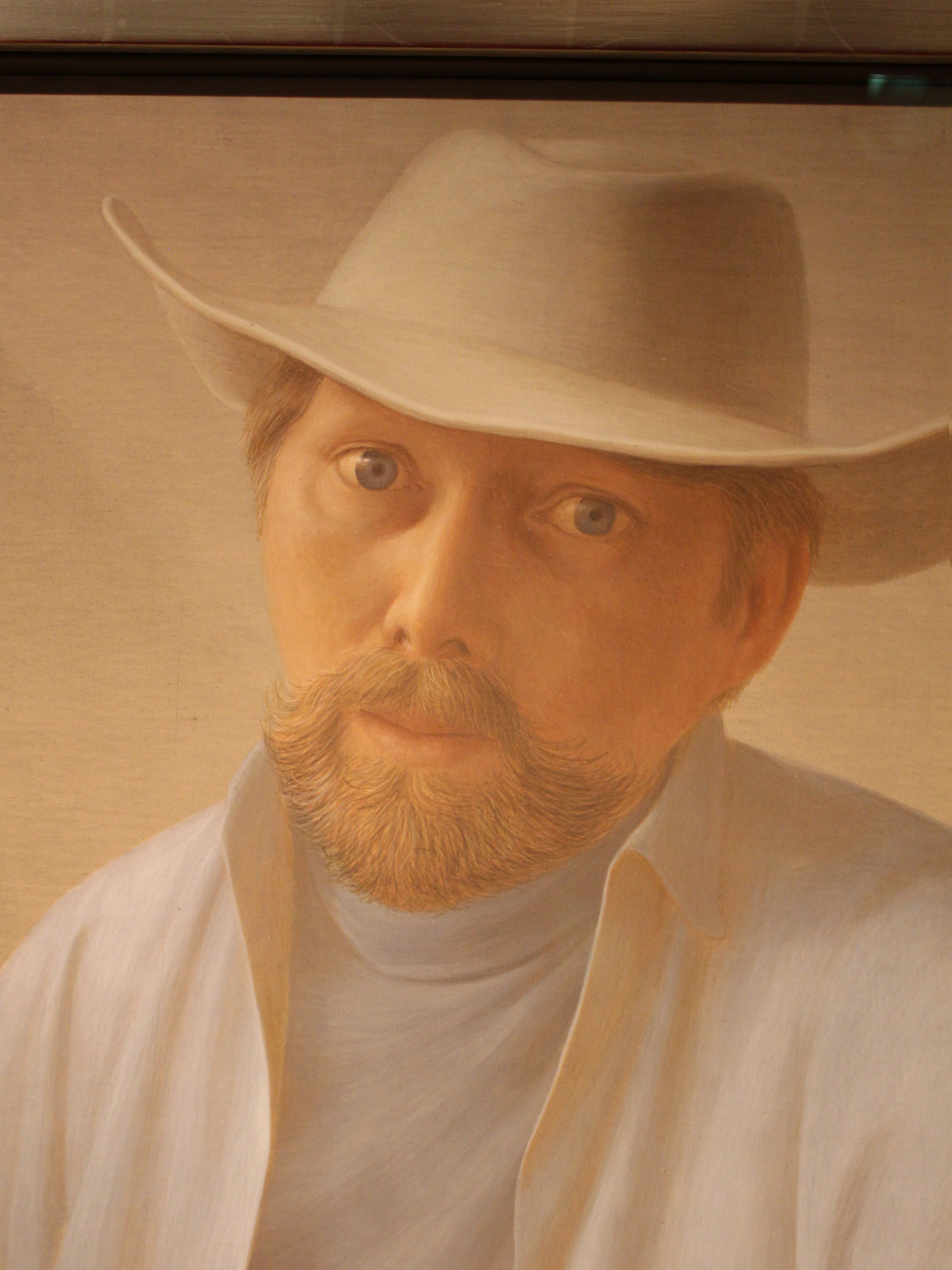
|
I will share more photos of artwork seen on my visit in the future!
